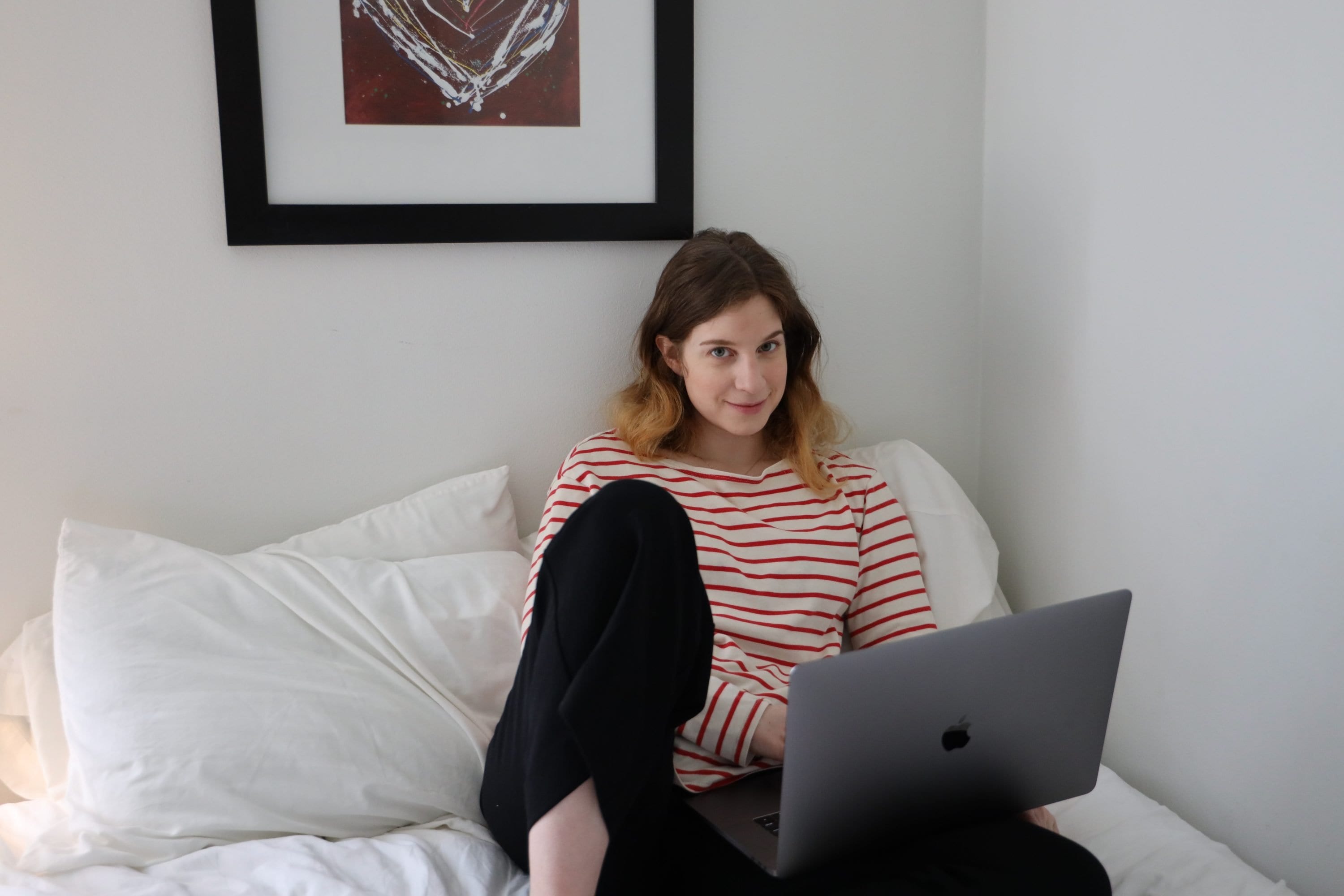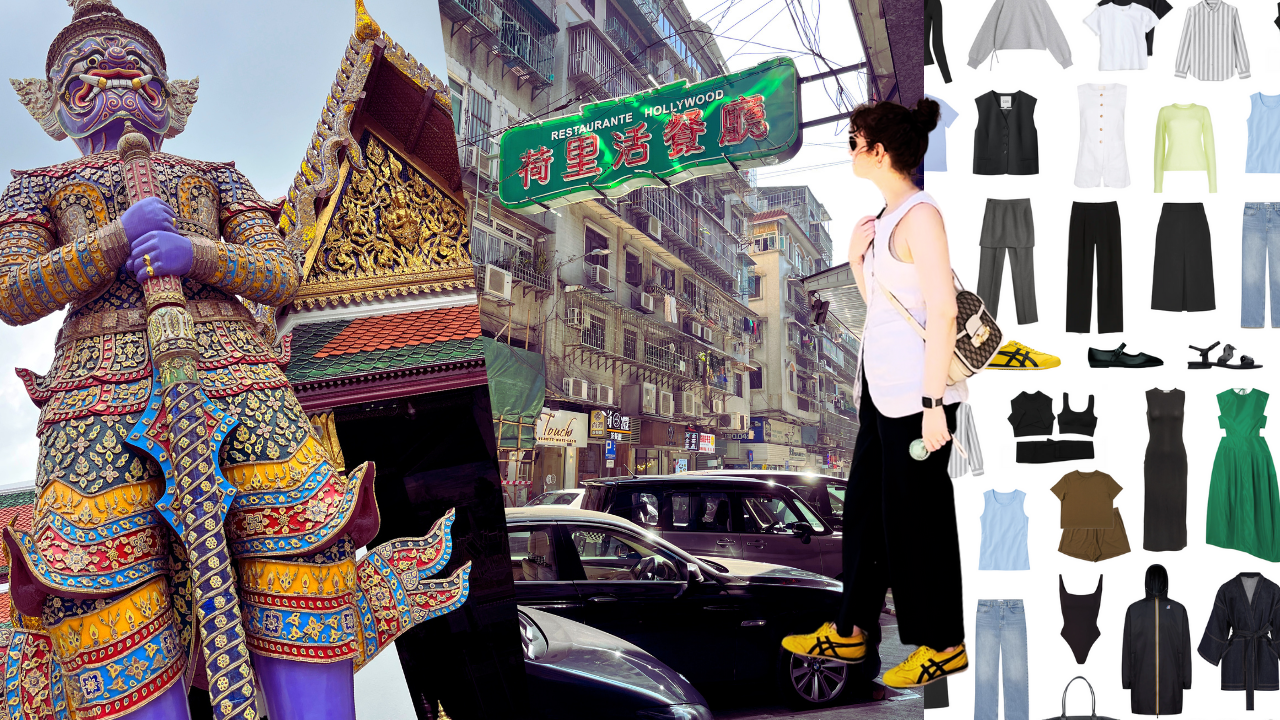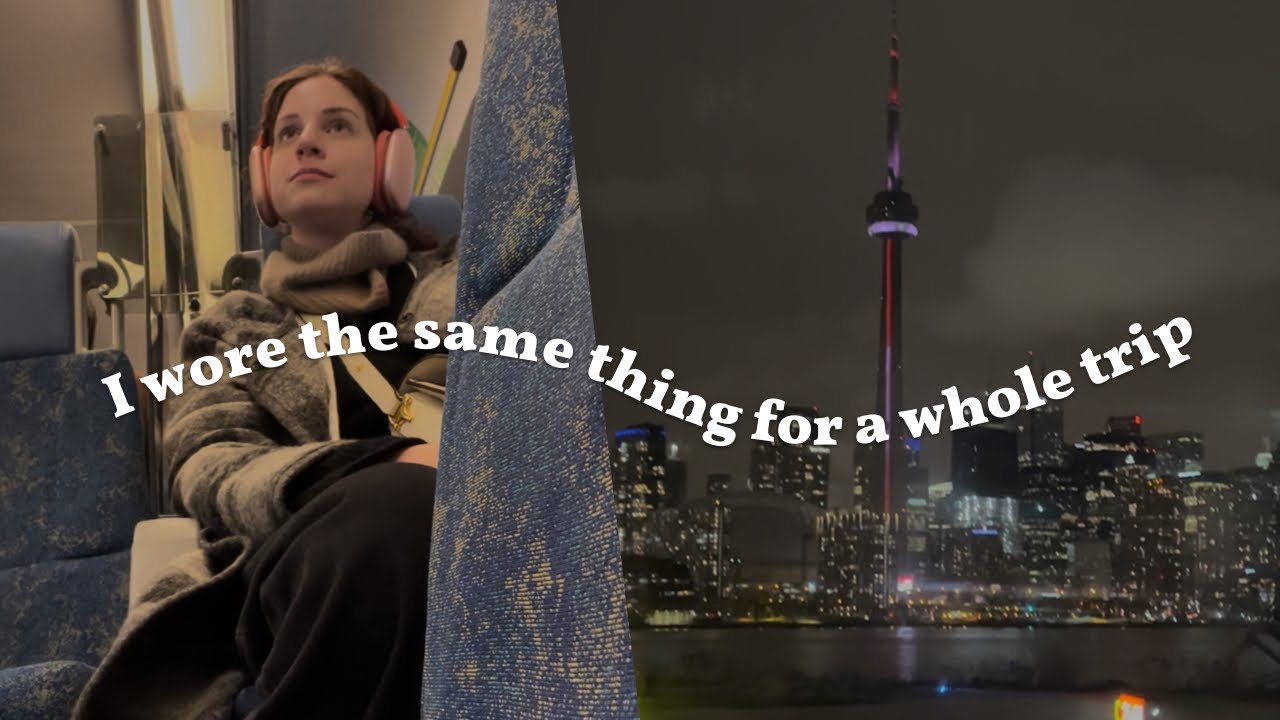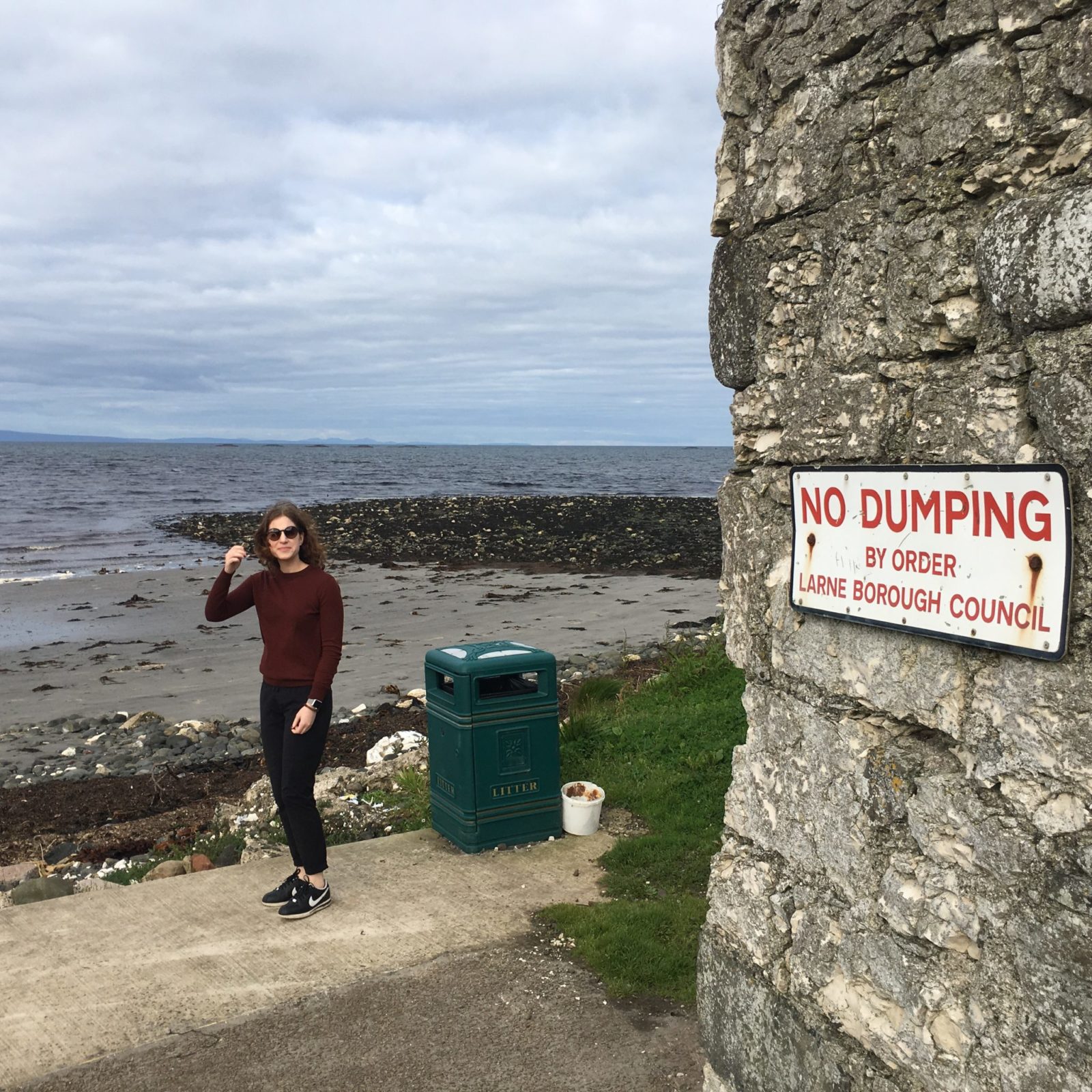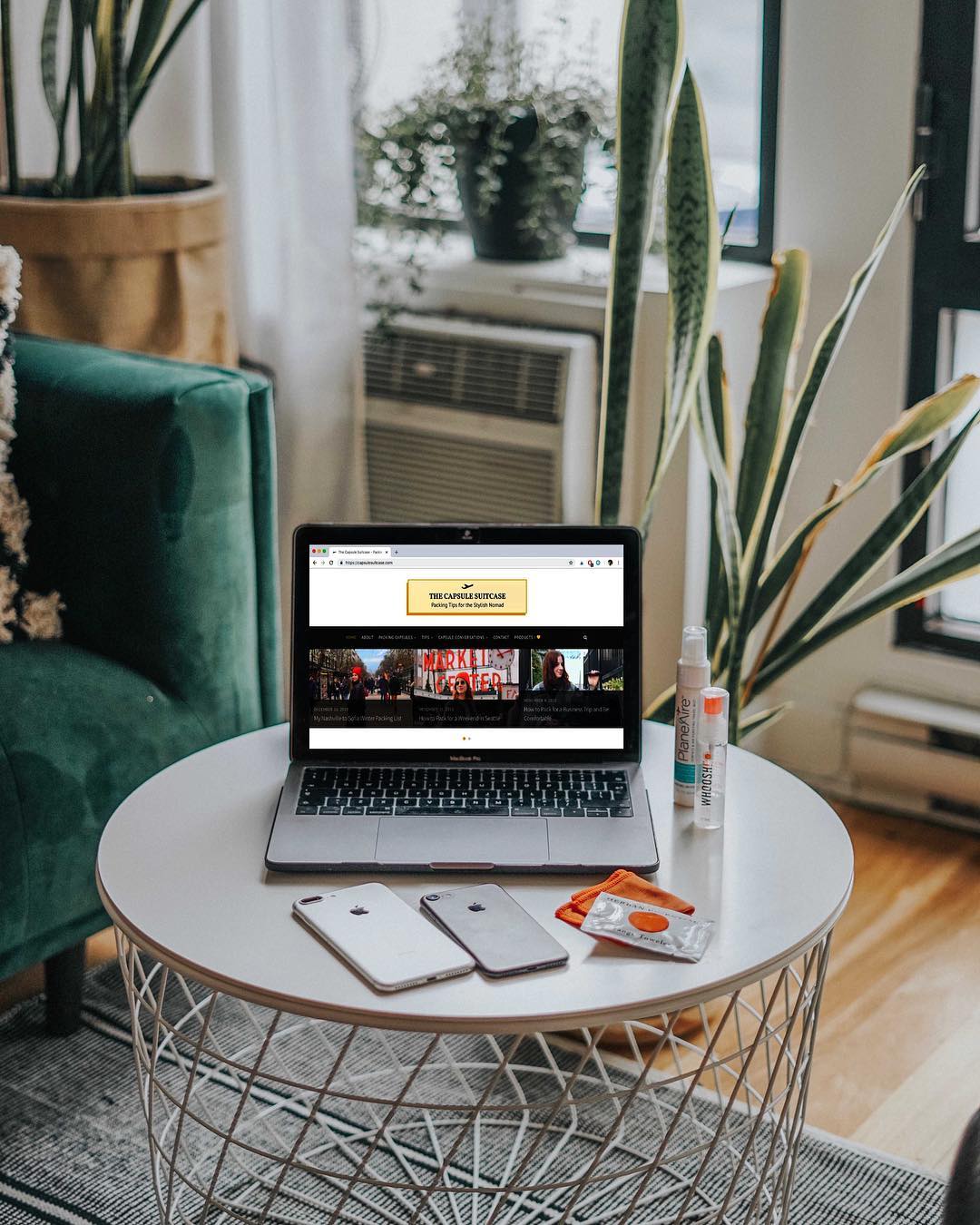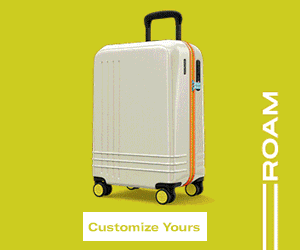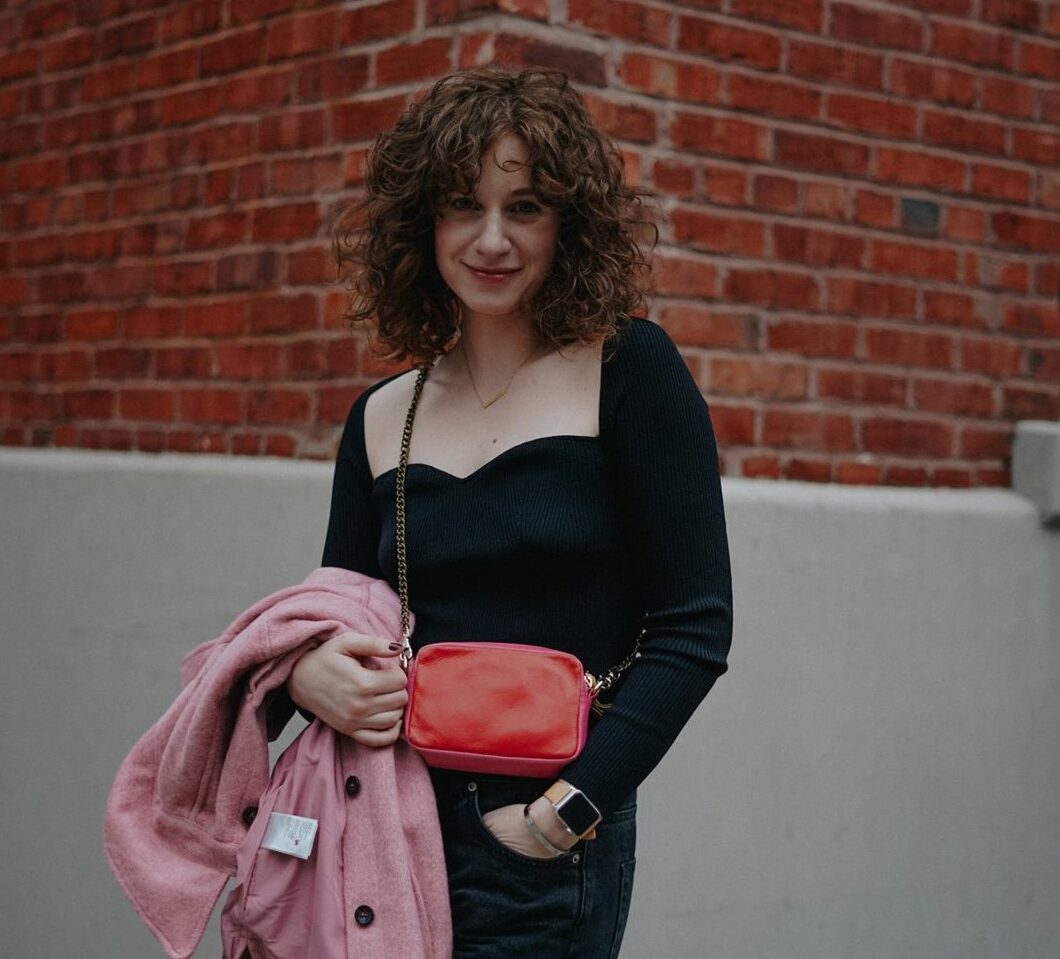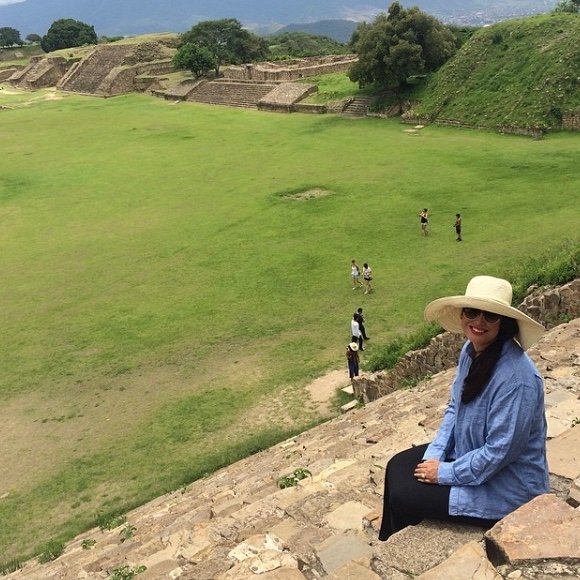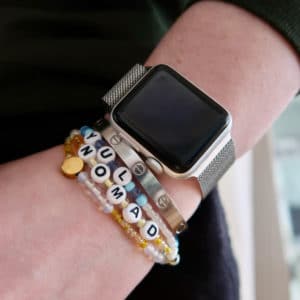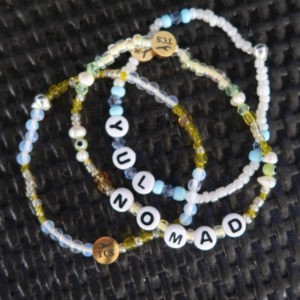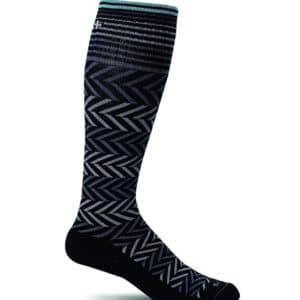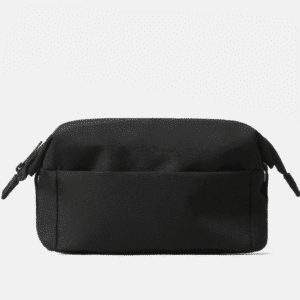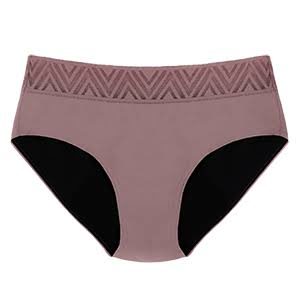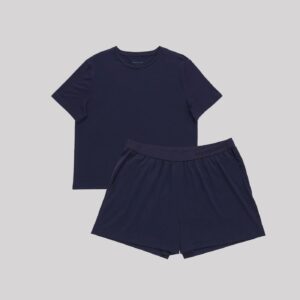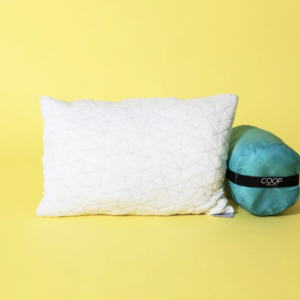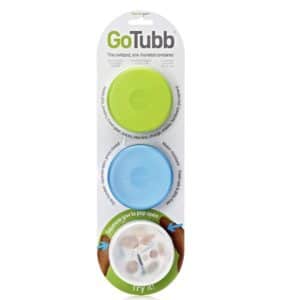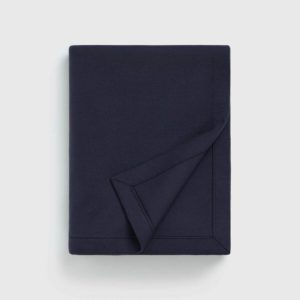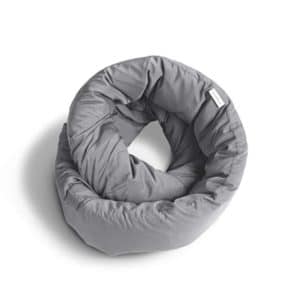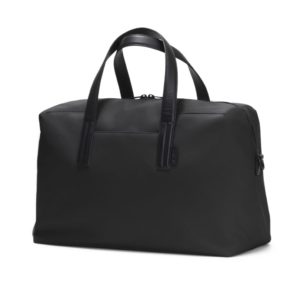Looking for a free, easy way to manage your travel plans all in one place? I’ll show you how I use Trello, a free project management software to plan my trips for leisure, for work, and with or without collaborators.
Whether you’re travelling solo or with a group, keeping track of things like reservations, directions, tickets, restaurant recommendations, budget, meal-planning, packing lists and activities can be difficult. Especially if you want to do this across multiple devices and with collaborators. For me, the solution is Trello. See a sample board here!
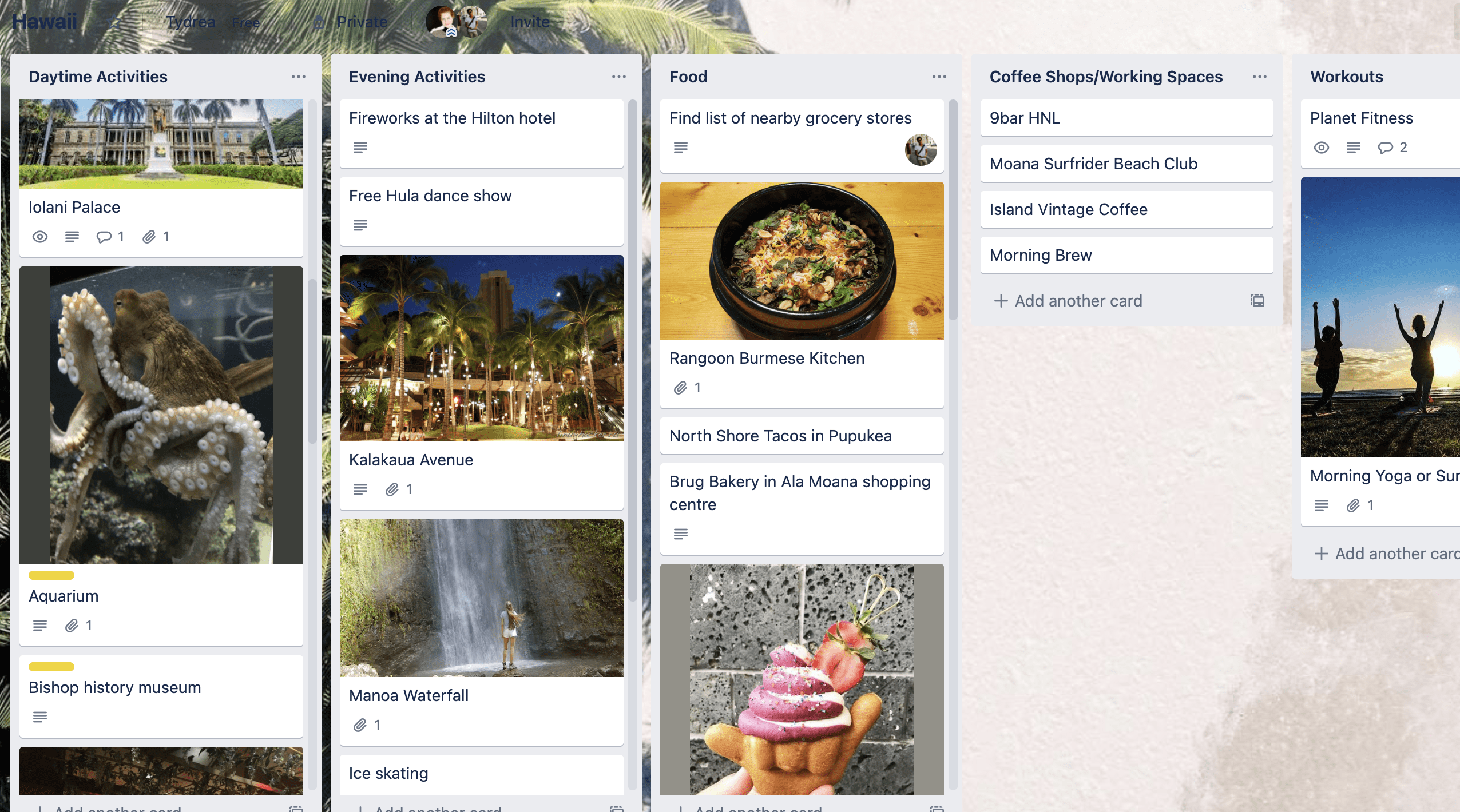
Project management software for travel
I work in tech, which means I’ve pretty much used every online project management software there is. Asana, Jira, Monday, Basecamp, you name it. The only one I’ve liked enough to use outside of work has been Trello.
I’m a pretty visual person, so I genuinely like it’s card system that mimics the real-life tactile experience of putting Post-Its on a wall. I also find it very intuitive for anyone using it for the first time. This is particularly useful when adding friends to collaborate with you on Trello.
Why use an app like Trello for travel planning?
There are several reasons to use a project management software for travel planning:
- It’s a great way to keep all your research and plans in one place, accessible from any device.
- It’s a great way to share information with multiple people, assign tasks or request feedback on things without having a million group chats.
- Lastly, you can share your board with people who later ask for travel recommendations to that destination.
How to use Trello for travel
The Dashboard
Let’s look at how Trello works. When you log in, you’re taken to a dashboard where you view all your boards. Boards are your playground. You can use Trello to organize your upcoming Instagram posts or can be a catch-all like a board for your to-do list. For travel, I create one board per trip.
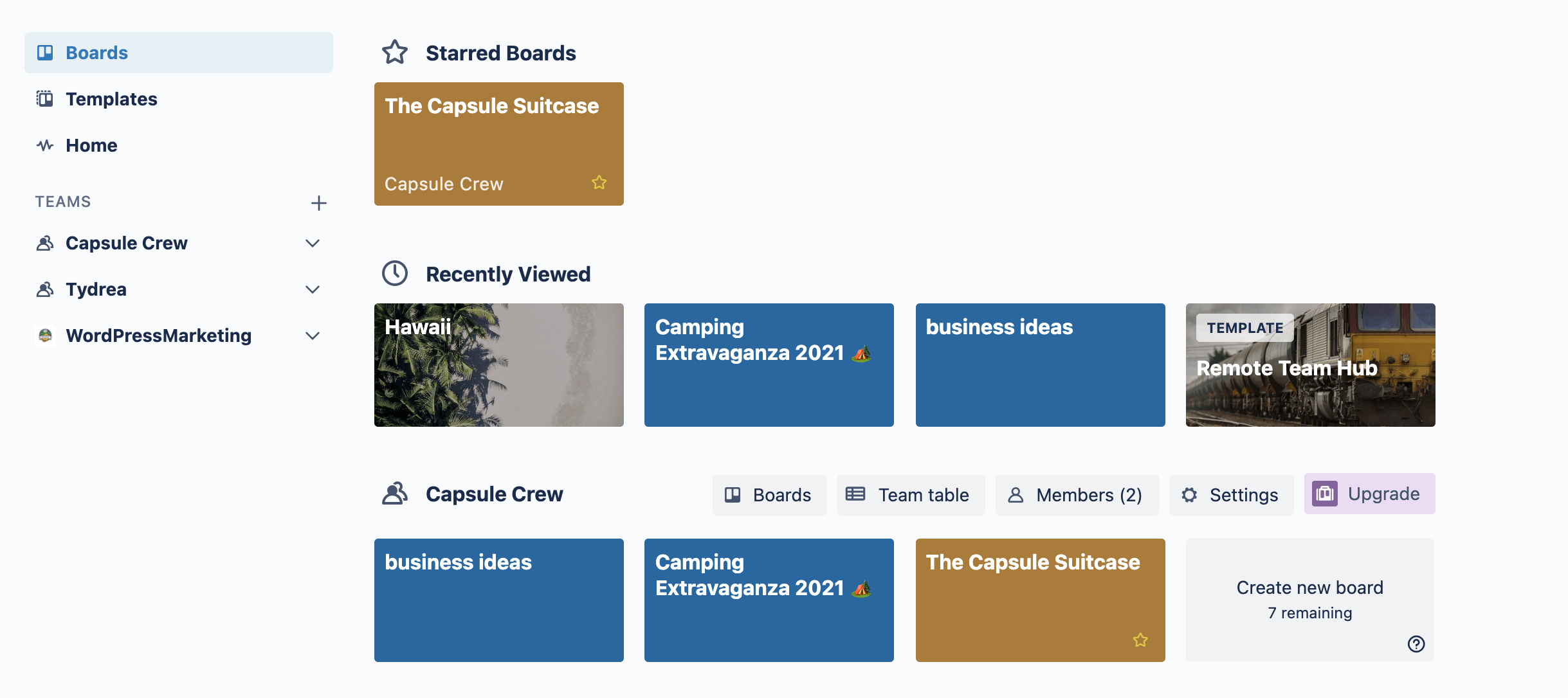
Boards and lists
You can either be a board owner or a collaborator on someone else’s board. Either way, you’ll be able to access all the boards you’re part of from the dashboard or from the top left corner. If you’re creating a new board, you can give it a name, and invite your collaborators at the top.
Once you’re in your board, you can start creating lists and adding cards. Lists are the columns where your cards live and you can have a name at the top. There are typically two ways to treat lists: a theme to group your cards, or as a status, like “planning, in progress, or completed”. Some people like to have all cards start in one column, and then move them as the tasks on the card are completed.

For travel, I use lists as a tool to group cards under themes like restaurants, activities, food planning, resources. You can move entire lists around if you want to re-organize your board.
Cards
Now, let’s take a closer look at cards. Trello is very flexible, so just like there are a few ways to use lists, there are different ways to view cards. Cards can be as big picture or as granular as you need. For example, you could create one card per task or idea, or you could create a more broadly-themed card and add a checklist to it for granular items. This is really up to you and your preferences. This may also change as you start using Trello more, it certainly did for me.
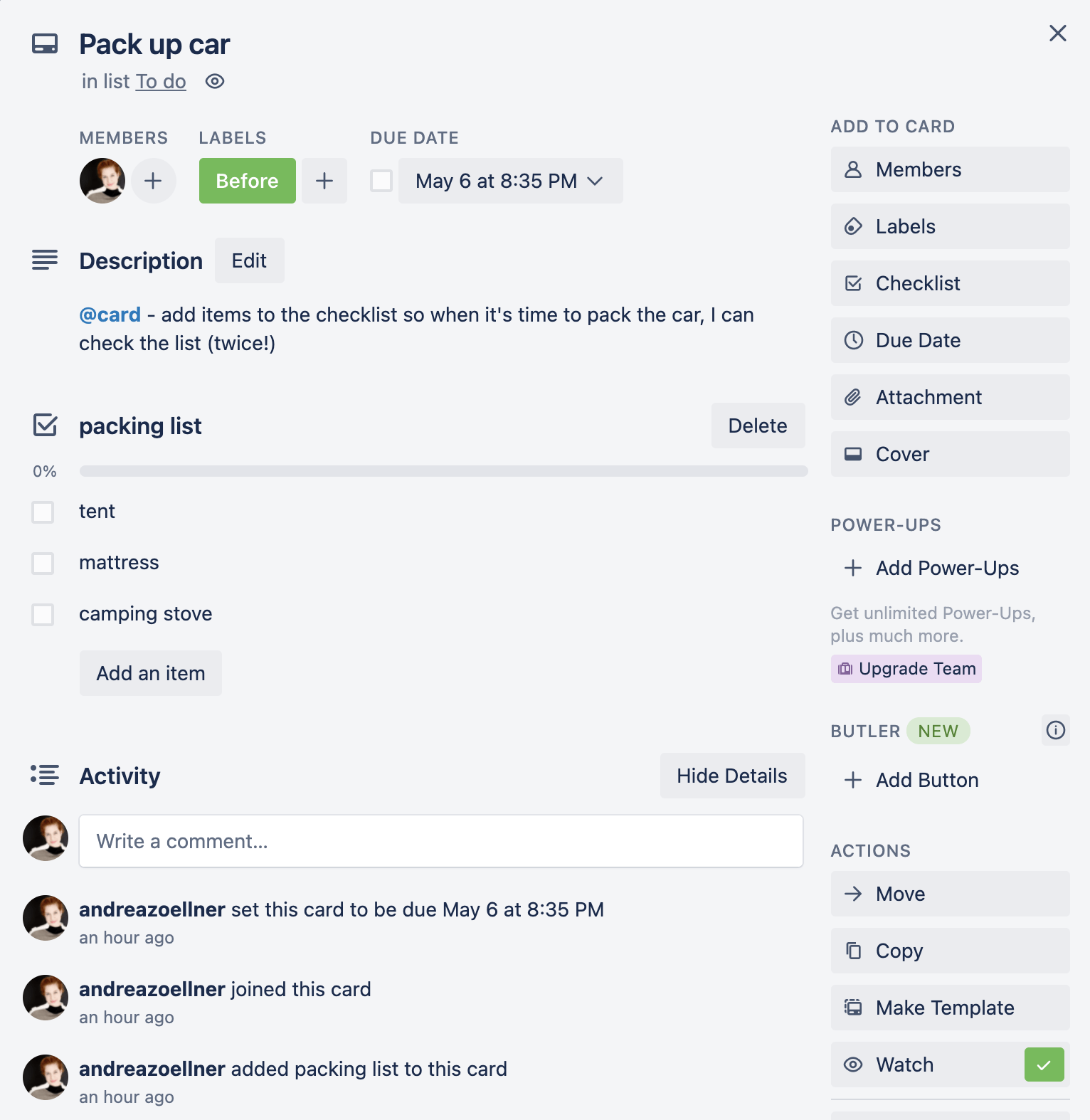
Cards also have loads of other features beyond checklists. You can create labels, assign people to cards so they get notified, you can add a description or comments, attach items, link other cards, and set due dates. You can also watch a card if you want updates when someone adds or changes something to it.
Travel planning tips and tricks
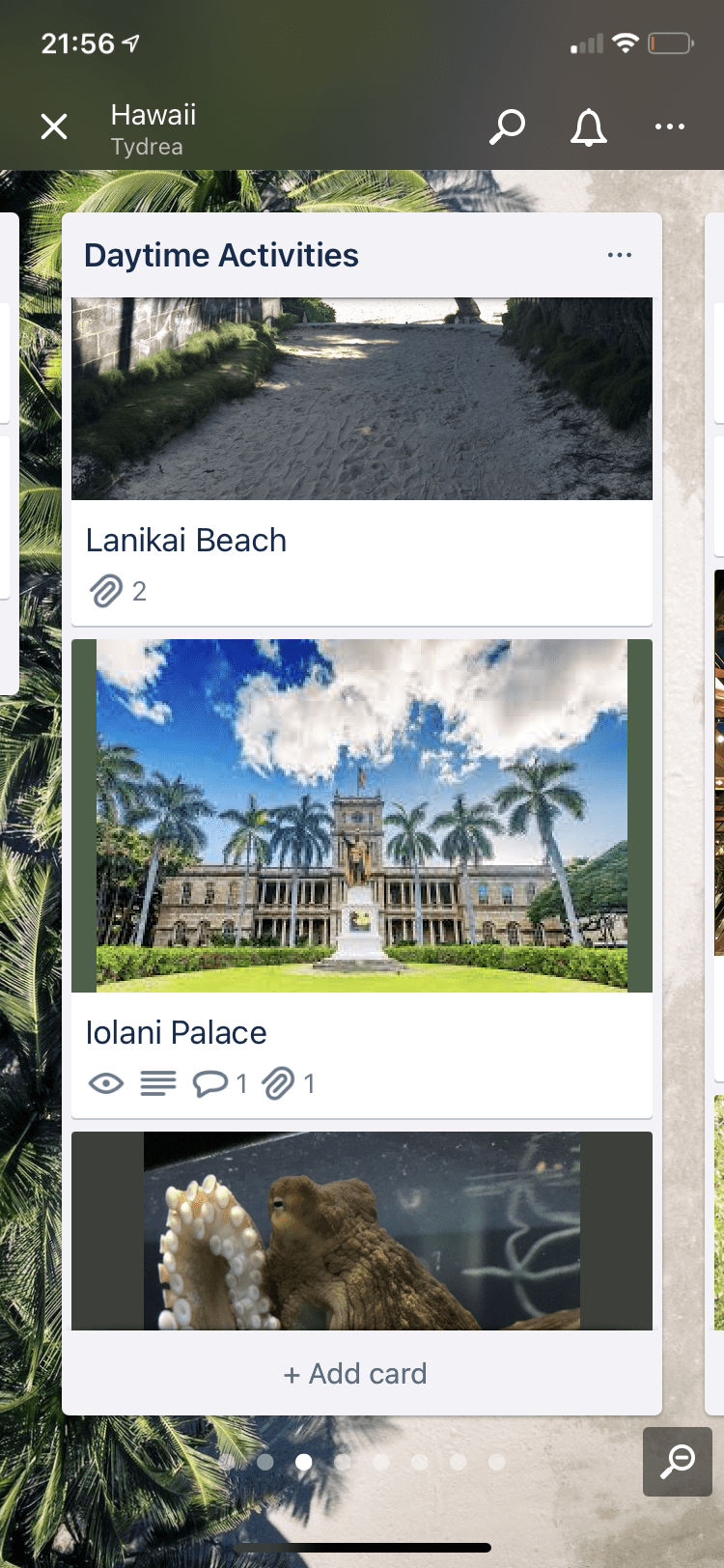
Truly, the sky is the limit as to how you want to use cards to organize different elements of your trip. Here are a few more ideas:
- If your trip requires a pretty rigid schedule, you may want to create a list for each day, and each card is an activity.
- Or, you could use Trello with your friends to collaborate on meal-planning and grocery lists.
- You could use Trello to vote on your preferred activities, by asking people to add their face to their top choice.
- You could use it for things like camping to make sure each person knows what equipment they are bringing on the trip. Having three camping stoves is great, but having zero tents is not recommended.
However you choose to use it, being able to quickly access things like dinner reservation information, flight numbers, contact information, and activity ideas, from any device on the go is such a huge help.
Should you pre-plan trip activities?
Now, this may sound like I’m a type A, over-planner, control freak, and I swear I’m not. In fact, it’s kind of the opposite. I think people have this romantic idea that they will just go with the flow and see what happens on vacation. While this is true, what can also happen is you waste opportunities by going in blind. A few examples:
Choosing a restaurant
If I’m visiting a place for a weekend, that’s usually 5-7 meals. I am so sad when I waste one of those meals on a bad restaurant. Sometimes, you just choose a place that is nearby, or open, or has a table available right there. Or, you spend 1h looking on websites and apps trying to find the best places nearby. With a bit of research ahead of time, you’d have a card with links to Time Out’s best restaurants in each neighborhood at your fingertips. You may not ever use the list, but you could also avoid spending 30 min head down trying to find a place on your phones, or picking an overpriced and underwhelming place.
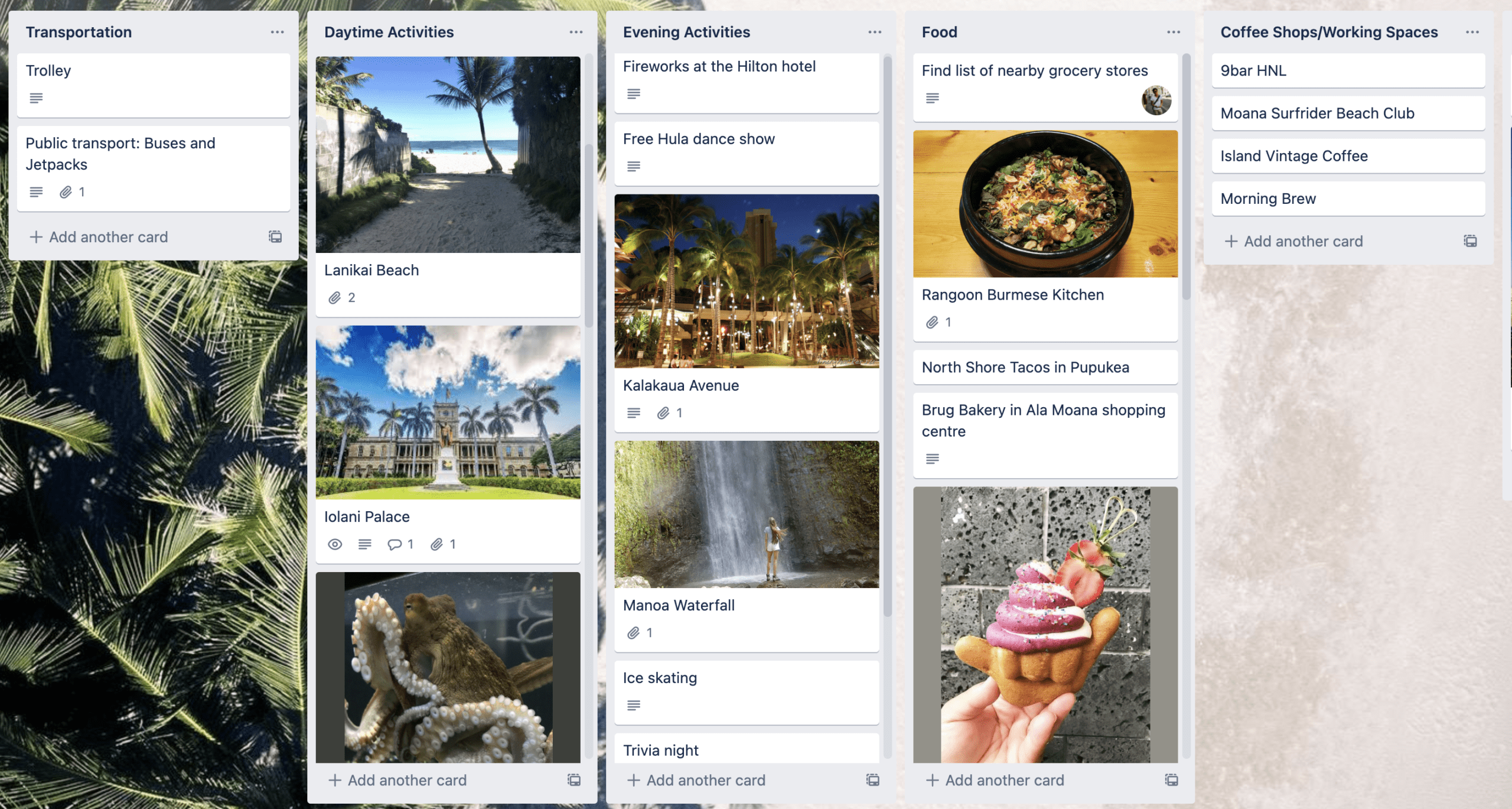
Planning activities
I am pretty picky about who I travel with because there’s a whole spectrum between people who “don’t want to do anything except hang out at the hotel, people who are pretty down for whatever, but bring no ideas to the table, and people who pre-purchase all of their activities and have exhausting itineraries. Click here for my tips to travel with friends or planning a trip with a significant other.
I fall somewhere in the middle, where I like having loads of room for whatever may happen, and the flexibility to honour my energy levels and adjust my plans accordingly. On the flip side, I love having a bit of research done in advance that I can lean on.
This means that when I do want to explore, visit a museum, or do a cultural activity, I know the museum hours and how to get tickets, I have a general sense of what attractions happen to be near each other so I can make the most of a metro ride to a different neighbourhood, and a few other ideas bookmarked, so I don’t waste my vacation Googling “things to do”.
Save your travel plans for later
You never know, you may discover that you do indeed, prefer the hotel spa to every other thing you planned, and that truly, that’s what you needed out of your vacation. But you’ll have your trello cards handy just in case, and you can always share your board with someone looking for recommendations in the future.
Happy Travels xox

